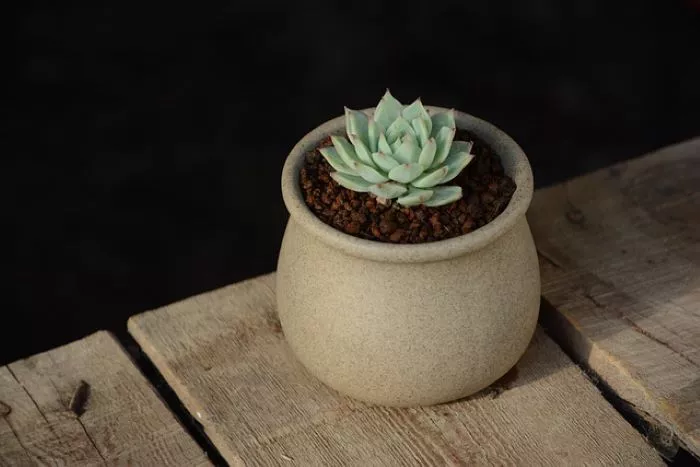Succulents are beloved for their unique beauty and resilience. These plants can thrive in various conditions and are relatively easy to care for. However, sometimes they may suffer from neglect, pests, or environmental stress. Fortunately, many succulents can be regrown from cuttings or leaves. This article will provide a detailed guide on how to regrow succulents, ensuring you can revive and propagate these remarkable plants.
Understanding Succulents
Succulents are a diverse group of plants that store water in their leaves, stems, or roots. This adaptation allows them to survive in arid environments. Common types include Echeveria, Sedum, and Aloe. Each type has its growth habits and requirements, but the basic principles of regrowing them remain similar.
Reasons for Regrowing Succulents
There are several reasons why you might want to regrow succulents. You may wish to propagate healthy plants to create new ones. Alternatively, you might want to save a struggling plant that has suffered damage. Regardless of the reason, regrowing succulents can be a rewarding experience.
Preparing for Regrowth
Before starting the regrowing process, gather the necessary materials. You will need a clean, sharp knife or scissors, a well-draining potting mix, and a suitable container. It is essential to use a sterile cutting tool to prevent disease transmission.
Regrowing from Leaf Cuttings
One of the most common methods to regrow succulents is through leaf cuttings. This process is straightforward and can be done with most succulent species.
Selecting the Right Leaves
Choose healthy, plump leaves from the parent plant. Avoid leaves that are damaged, shriveled, or diseased. Gently twist the leaf off the stem to ensure you have a clean cut.
Drying the Leaves
Allow the cut leaves to dry for a few days. Place them in a warm, dry area away from direct sunlight. This drying process helps form a callous over the cut end, reducing the risk of rot when placed in soil.
Planting the Leaves
Once the leaves have dried, prepare a pot with well-draining succulent soil. Lay the leaves flat on the soil surface without burying them. Water lightly to moisten the soil, but do not saturate it.
Providing the Right Environment
Place the pot in a location with bright, indirect light. Avoid direct sunlight, as this can scorch the leaves. Keep the soil slightly moist but never soggy. In a few weeks, small roots and new plantlets should begin to form at the base of the leaves.
Regrowing from Stem Cuttings
Another effective method for regrowing succulents is through stem cuttings. This method is suitable for succulent species with thicker stems.
Taking the Cutting
Select a healthy stem from the parent plant. Use a clean knife or scissors to cut a section of the stem, ideally about 3 to 4 inches long. Ensure the cutting has at least a few leaves attached.
Drying the Cutting
Similar to leaf cuttings, allow the stem cutting to dry for a few days. Place it in a warm, dry location. This step is crucial for preventing rot when you plant the cutting.
Planting the Cutting
After the cutting has dried, prepare a pot with well-draining soil. Insert the cut end of the stem into the soil, burying it about an inch deep. Water lightly to settle the soil around the cutting.
Creating a Suitable Environment
Place the pot in bright, indirect light. Keep the soil slightly moist and avoid overwatering. In a few weeks, new growth should emerge, indicating that the cutting has rooted successfully.
Caring for Regrown Succulents
Once your succulents have begun to grow, proper care is essential for their continued health.
Watering
Water your newly regrown succulents sparingly. Allow the soil to dry out completely between waterings. Overwatering can lead to root rot, which is a common issue for succulents.
Light Requirements
Ensure your succulents receive adequate light. They thrive in bright, indirect sunlight. If you notice stretching or leggy growth, it may indicate that they need more light.
Fertilizing
After a few weeks of growth, you can start fertilizing your succulents. Use a diluted, balanced fertilizer specifically formulated for succulents. Fertilize every four to six weeks during the growing season, typically spring and summer.
Troubleshooting Common Issues
Even with proper care, you may encounter issues while regrowing succulents. Here are some common problems and their solutions.
Rotting Leaves or Cuttings
If leaves or cuttings begin to rot, it is likely due to overwatering or insufficient drying time. Ensure that your cuttings are completely dry before planting and reduce watering frequency.
Leggy Growth
If your succulents are growing tall and spindly, they may not be receiving enough light. Move them to a brighter location to encourage healthy, compact growth.
Pest Infestations
Keep an eye out for pests such as mealybugs or aphids. If you notice any signs of infestation, treat the plants with insecticidal soap or neem oil to eliminate the pests.
Conclusion
Regrowing succulents is a rewarding process that allows you to propagate new plants and revive struggling ones. By following the steps outlined in this article, you can successfully regrow succulents from leaf or stem cuttings. With proper care, your newly regrown succulents will thrive and bring beauty to your home or garden. Embrace the joy of nurturing these resilient plants and enjoy the satisfaction of watching them flourish.


